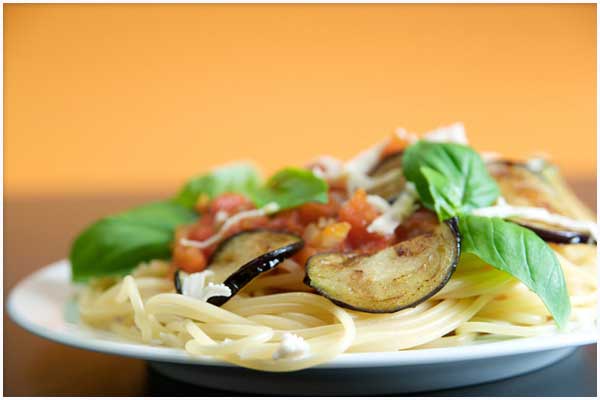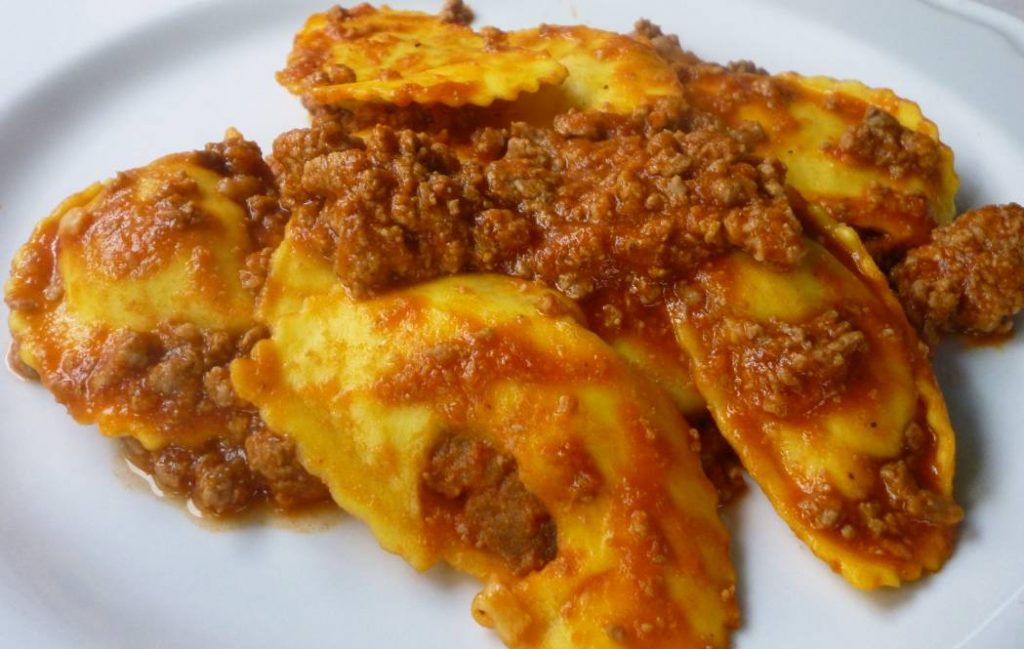
The Best Italian Pasta Experience: Ten Must-Try Dishes
December 18, 2011
Discover Italy's top 10 best pasta dishes in 'The Ultimate Italian Pasta Experience' - a culinary tour of authentic, flavorful Italian classics.
By: James lawrence / Last updated: January 4, 2024

Guide to Tuscan Gastronomy and Cuisine: Read more
Regional Cuisines:
Arezzo, Florence, Maremma, Pisa, Siena
Is there a more beautiful destination than Lucca in northwestern Tuscany? We hardly think so. The city is still enclosed within its 17th-century walls, and visitors can stroll along the ramparts even today. Within the walls, narrow lanes wind among dark medieval buildings, opening to reveal beautiful piazzas and a surfeit of churches and ancient monuments. Yet, while Lucca can easily satisfy tourists’ artistic and intellectual cravings, nothing can compete with the city’s dynamic food and drink scene on a sensual level. Indeed, Lucca is a byword when it comes to quality-guaranteed pasta, game, chicken, antipasti, and delicious desserts. To taste, drink and dine with gusto, leap headfirst into the heady delights of authentic Luccan cuisine.
Tuscany promises the meal of a lifetime, particularly if you crave fresh ingredients and good, wholesome cooking with no fuss or faff. Thus, start your evening with a gentle stroll along Lucca’s narrow lanes. Then, peruse the astonishing variety of street food that fills the air with enticing smells all year round. Some prefer this casual dining approach, snacking on porchetta rolls (warm sliced pork roasted with fennel and garlic in a crispy roll) and Farinata, a delicious chickpea pancake. Meanwhile, Lucca’s bars will be full of Tuscans enjoying the obligatory and very convivial aperitivo, quaffing a glass of Sangiovese with a plate of blood sausage, salami, ham, bread and olive oil.
We hope you’re hungry. In Lucca, chefs focus on hearty first courses that can often constitute a meal in themselves, rather than molecular gastronomy and bijou appetizers. In almost every restaurant and osteria, Zuppa di Farro is a common sight on the chalkboard: a simple peasant dish of beans, seasonal vegetables, and farro, a type of barley. Alternatively, Zuppa di Garmugia offers a richer version with added peas, asparagus, spring onions, artichokes, and pancetta.
Tortelli Lucchese is also very popular among Lucca’s foodies and hungry visitors, ideally served with a glass of Sangiovese. Chefs stuff fresh egg pasta parcels with aromatic beef and pork ragu and season them with nutmeg for an extra kick. It is almost as delicious as the ubiquitous baccalà fritters: pieces of cod deep-fried and covered in batter. It deserves a glass of something bone dry and aromatically complex – Tuscan Vermentino will do nicely.
The high point of any Tuscan feast ushers in meat and fish dishes, typically full-flavored, hearty, and very filling. There are several possibilities, but none more satisfying than Matuffi and its carb-heavy delights. It involves herb-infused sausages and mushrooms served on a bed of piping hot polenta – a great alternative to mashed potato. But, if you fancy a break from meat, try the Torta coi Becchi. This traditional pie uses a shortcrust pastry base to encase a medley of green vegetables, raisins, and pine nuts.
However, Lucca’s most popular “Secondo” remains Rovelline Lucchesi: thinly sliced veal, based on Tuscan breeds, is dipped in breadcrumbs and then pan-fried in hot oil. It is often served alongside a soffritto of tomatoes, garlic, onions, carrots and celery. Capers, sage, and rosemary are added to strengthen the aromatics, providing a nice counterpoint to the buttery richness of the veal. Adventurous gourmets might also want to try the Biroldo, a local version of haggis that is a specialty of nearby Castelnuovo di Garfagnana.
Authentic gelato (the Italians avoid artificial flavors) is ice cream on another level. Thus, for many visitors and Luccans, it represents sweet culinary perfection, so why look elsewhere? Yet you should not miss an opportunity to sample Buccellato, a sugared bread loaf studded with sultanas and aniseed. The Romans introduced this ring-shaped post-dinner treat to Tuscany in the 2nd century BC. Enjoy it with a caffè doppio (double espresso) and a sip of Vin Santo.
A short distance from Lucca are the splendid vineyards of Montecarlo DOC – well worth a day trip if you’re visiting the region. Yet this relatively obscure winemaking zone does not play by standard rules, and international varieties have long trumped Italian grapes in the hills of Montecarlo. Nevertheless, the appellation’s small group of winemakers makes some delectable white wines. These wines frequently incorporate Semillon, Sauvignon Blanc, Pinot Bianco, and even Roussanne. The best examples are pungently aromatic and delightfully fresh. Enjoy them with fresh seafood, landed that day in the chaotic port of Livorno.
If you would like us to customize an exclusive luxury tour, contact us and let us know your travel plans. We offer luxury food and wine tours for private groups of a mininium two guests. In addition, all of our private, chauffeured tours are available year-round upon request.

